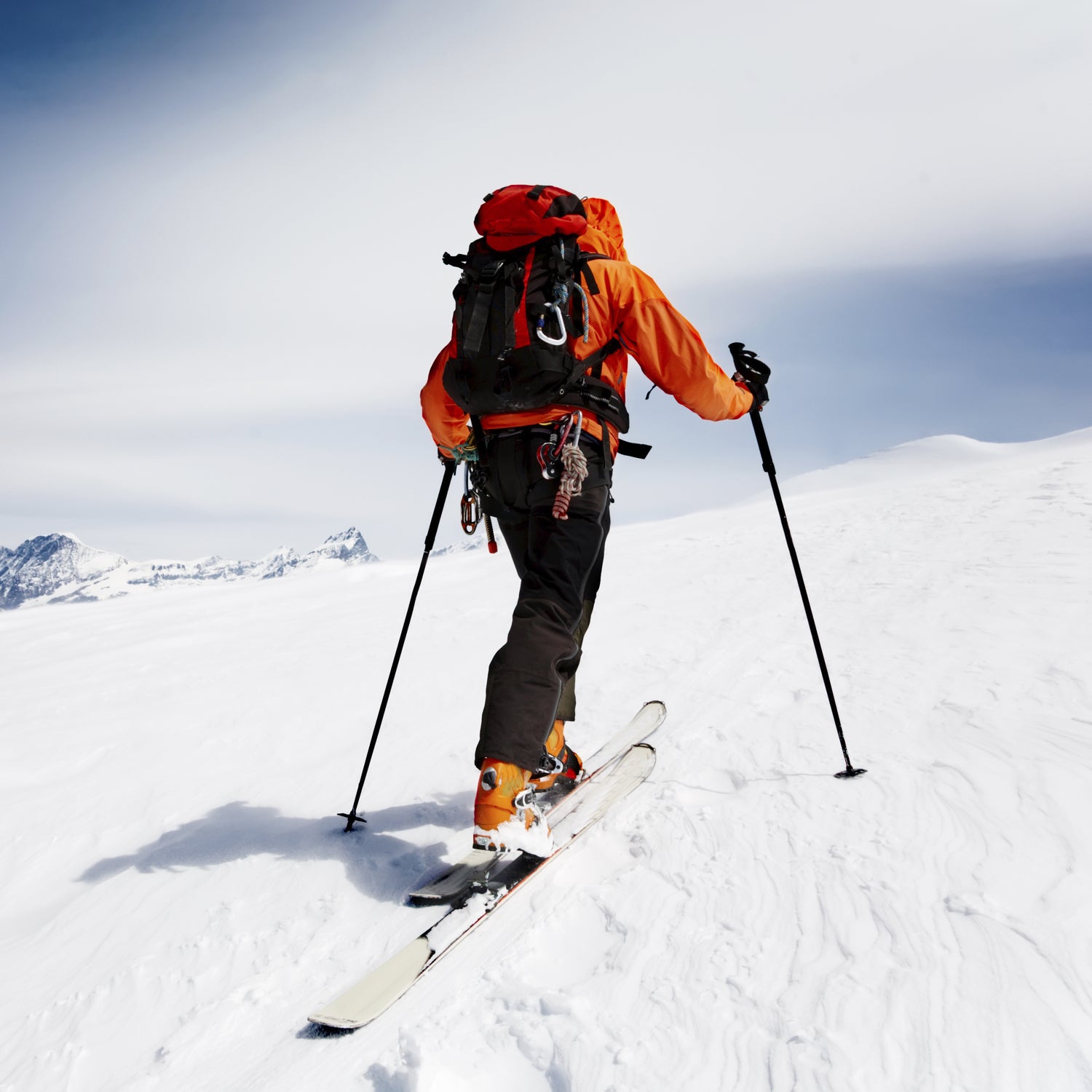spends about 150 days a season leading amateur alpinists into remote places as a guide for in Jackson Hole. And after 11 years, he’s seen some interesting stuff—particularly when it comes to fitness prep.
“Right now, there’s such a gym craze with so many different programs and philosophies,” he says. While some of those all-around fitness programs can get you in decent shape, Billimoria believes there are smarter ways to train to feel your best and train for mountain adventures. He gave us a primer on getting expedition ready, or just into really good shape.
1. Build Endurance Separately from Strength
“To be successful, you need to split them out,” Billimoria says. “You need to do hard, long endurance activity, ideally in the mountains, and then you need to do really targeted, specific strength-building exercises in the gym.” He’s a strong believer that endurance must be built outdoors, whether you’re hiking, running, or biking. “Long outings over two hours can translate well to your long days in the mountains,” he says. It's never too soon to start working on your endurance and strength, particularly once you've set your sights on a mountain adventure.
2. Ride a Bike
If you can hike up a steep mountain frequently, go for it. Otherwise, bust out a bike. “Biking can have really good crossover to the mountains because it’s a really deep flexion of the leg muscle,” Billimoria says. “When you’re in steep terrain and you’re hiking up steep ground, it’s really important to have that ability to have that deep flexion.” Running, while great at building aerobic capacity, generally requires more shallow flexion (the bending of joints).
Biking’s only caveat: the concentric motion (when your muscles shorten under force, like your quads contracting as you push the pedal down) doesn’t prepare you well for going downhill, which is an eccentric motion (when the muscle stretches under force). That’s where tip #3 comes in.
3. Build Strength in the Gym with Low Reps
“A common mistake people make in the gym is doing really high reps,” Billimoria says, which builds endurance rather than strength. “You should build muscular endurance doing the actual activity,” so that you’re training your muscles to be more efficient at that specific activity. Focus on pure strength in the gym by piling on enough weight to max out at eight to 10 reps.
4. Build Sport-Specific Strength
“Target the right muscle groups, and think about targeting them in three ways: concentric (pushing), eccentric (resisting, which helps your body track well on big descents), and plyometric,” Billimoria says. If you’re gunning to climb the Grand Teton, for example, focus on leg strength with lunges, squats, and reverse lunges—weighted, if needed, so you max out at eight to 10 reps. If your adventures involve climbing, spend time on a hangboard. “If you could do one thing to improve climbing, for most of us it’s not that we can’t pull, it’s that we can’t hang on,” Billimoria says. The hangboard will help fix that.
5. Power Up
About eight weeks out from your trip, start working on power. “I think of power as taking the strength that you have, and making it intelligent—making it specific to the activity that you’re going to do,” Billimoria says. You built strength already with concentric and eccentric moves, now it’s time for the plyometric phase. Billimoria likes to target leg muscles with box jumps and jumping lunges—still keeping reps low. “Tax your body heavily, using a weight vest or doing the exercises with a weighted backpack on,” he says. “I’ve found this really effective in developing an elastic, bounding stride in the mountains.” Three weeks before your trip, taper off your training by lowering the intensity and duration so you’ll feel fresh.


